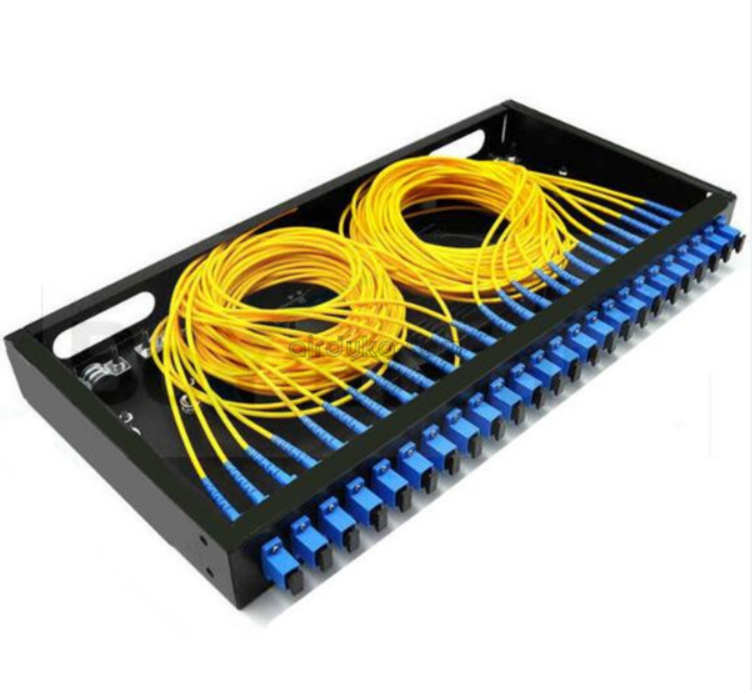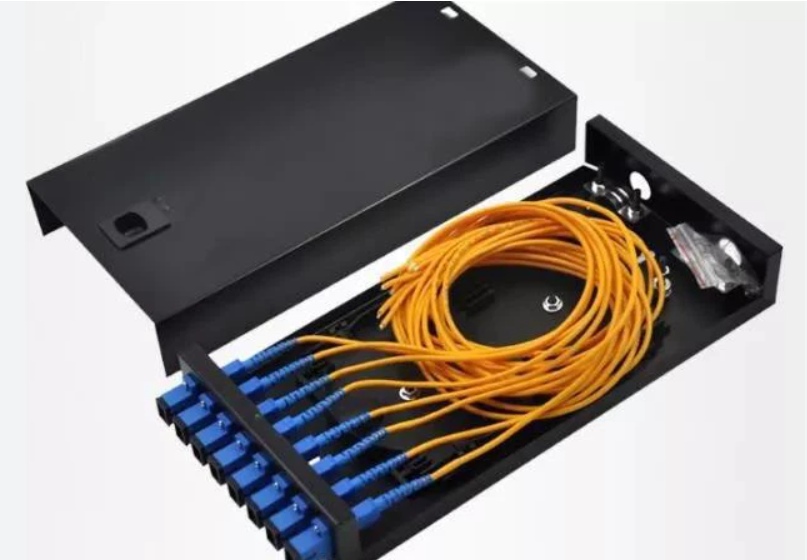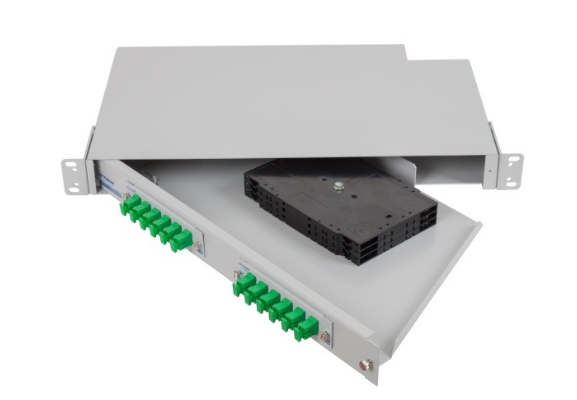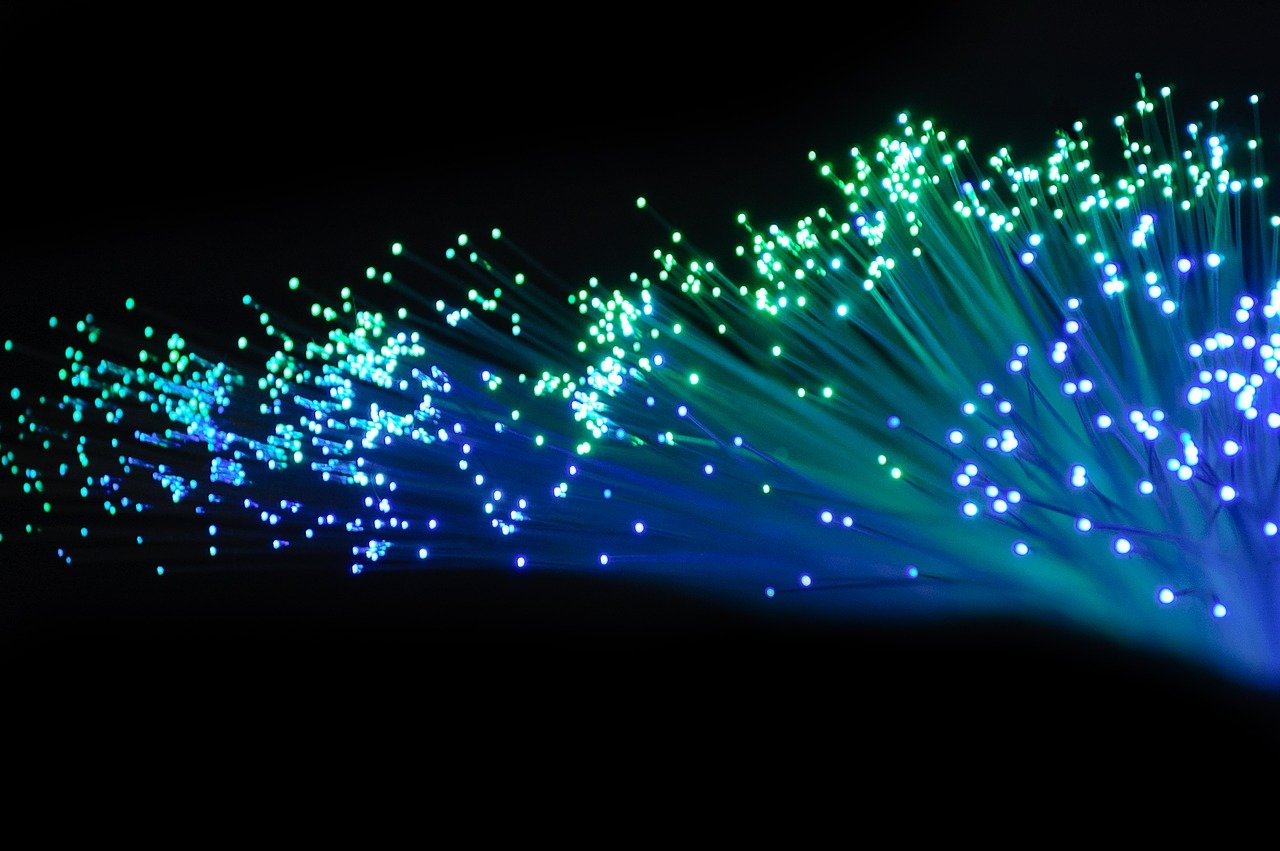The Future of Optical Distribution Frames: Advancements, Trends, and Case Studies

Overview of ODFs
Optical Distribution Frames (ODFs) are essential components in optical networks, playing a critical role in ensuring efficient and reliable data transmission. These frames provide a centralized point for connecting and organizing fiber optic cables, enabling easy maintenance and troubleshooting. ODFs are widely used in various applications such as telecommunications, data centers, and enterprise networks. They facilitate the seamless management of fiber optic cables, allowing for smooth operations and optimal performance. As optical networks continue to evolve, ODFs will remain crucial in supporting the growing demands of these networks. With their ability to enhance connectivity and streamline cable management, ODFs contribute significantly to the overall efficiency and reliability of optical networks.
Types and Applications of ODFs
Types of ODFs
ODFs come in various types, including rack-mount, wall-mount, and floor-mount options. Each type is designed to cater to different installation requirements and offers specific advantages.
Rack-mount ODFs are commonly used in data centers and telecommunications facilities where space optimization is crucial. They can be easily mounted on standard 19-inch equipment racks, providing a compact and organized solution for fiber optic cable management.
Wall-mount ODFs are ideal for smaller installations or locations with limited space. They can be conveniently mounted on walls, saving valuable floor space while still offering efficient cable organization.
Floor-mount ODFs are suitable for larger-scale deployments that require higher fiber capacity. These frames are designed to be placed on the floor or raised platforms, providing ample room for cable management and expansion.
Applications of ODFs
ODFs find extensive applications in various sectors such as telecommunications, data centers, and enterprise networks.
In telecommunications, ODFs serve as central distribution points for connecting incoming and outgoing fiber optic cables. They enable efficient cable management, ensuring smooth transmission of data signals across the network.
Data centers heavily rely on ODFs to manage the vast amount of fiber optic cables used for interconnecting servers and storage systems. The organized arrangement provided by ODFs facilitates easy maintenance and troubleshooting in these critical environments.
Enterprise networks also benefit from the use of ODFs as they provide a structured approach to managing fiber optic cables within office buildings or campuses. This ensures reliable connectivity between different departments or floors while simplifying future expansions or upgrades.
Overall, the versatility of ODFs makes them indispensable in various applications where efficient fiber optic cable management is essential.
Key Features and Specifications of ODFs
Important Features of ODFs
When selecting an Optical Distribution Frame (ODF), there are several important features to consider that contribute to optimal performance and efficient fiber optic cable management.
Adequate Fiber Capacity: ODFs should have sufficient fiber capacity to accommodate current needs as well as future scalability and expansion. This ensures that the frame can handle increasing data demands without requiring frequent upgrades or replacements.
Cable Management Options: Effective cable management is crucial for maintaining a neat and organized optical network. Look for ODFs that offer various cable management options such as vertical or horizontal routing, slack storage, and labeling capabilities. These features simplify maintenance tasks and minimize the risk of cable damage or disconnections.
Ease of Installation: Choose an ODF that is designed for easy installation. Features like removable front panels, tool-less mounting systems, and clear documentation can significantly streamline the installation process, saving time and effort.
Compatibility with Different Connector Types: Consider the compatibility of the ODF with different connector types commonly used in your network infrastructure. Ensure that the frame supports connectors such as LC, SC, ST, or MPO/MTP to ensure seamless connectivity between cables and equipment.
Specifications to Consider
In addition to important features, specific specifications should be taken into account when selecting an ODF:
Connector Density: The connector density refers to the number of connectors that can be accommodated within a given space in the ODF. Higher connector density allows for more efficient use of rack space while providing flexibility for future expansions.
Port Configuration: Consider the port configuration requirements based on your network setup. Determine whether you need simplex (single-fiber) or duplex (dual-fiber) ports, as well as the total number of ports needed for your specific application.
Cable Routing Options: Evaluate the available cable routing options provided by the ODF. Look for features like bend radius control mechanisms, proper strain relief provisions, and clear separation between incoming and outgoing cables. These factors contribute to maintaining signal integrity and minimizing signal loss.
Compliance with Industry Standards: Ensure that the chosen ODF complies with relevant industry standards and certifications such as TIA/EIA or ISO/IEC. Compliance guarantees reliability, performance, and interoperability with other network components.
Considering these key features and specifications will help you select an ODF that meets your specific requirements while ensuring optimal performance in your optical network infrastructure.

Installation and Maintenance Best Practices for ODFs
Proper Installation Procedures
Proper installation of Optical Distribution Frames (ODFs) is crucial to ensure their optimal performance and longevity. Follow these best practices during the installation process:
Environment: Install ODFs in a clean and well-ventilated environment, away from excessive heat or moisture. This helps prevent damage to the frame and ensures the integrity of the optical network.
Cable Management: Implement proper cable management techniques when connecting fiber optic cables to the ODF. Use cable ties, trays, or other organizing tools to keep cables neatly arranged and minimize the risk of tangling or accidental disconnections.
Labeling and Documentation: Label each cable connection point on the ODF for easy identification during maintenance or troubleshooting. Documenting the cable routing and connections will further aid in efficient management and future modifications.
Maintenance Tips for ODFs
Regular maintenance is essential to keep Optical Distribution Frames (ODFs) in optimal condition. Consider these tips for effective maintenance:
Inspection and Cleaning: Regularly inspect the ODF for any signs of dust accumulation, loose connectors, or damaged components. Clean the frame using appropriate cleaning tools to remove dust particles that can impair signal transmission.
Prompt Component Replacement: If any component within the ODF is damaged or faulty, it should be promptly replaced. This includes connectors, adapters, or any other parts that may impact signal quality or connectivity. Regularly check for wear and tear to ensure uninterrupted performance.
By following proper installation procedures and implementing regular maintenance practices, you can maximize the efficiency and reliability of your Optical Distribution Frame (ODF) while ensuring seamless data transmission within your optical network infrastructure.
The Future of ODFs: Advancements and Trends
Advancements in ODF Technology
Optical Distribution Frames (ODFs) are continuously evolving to meet the growing demands of optical networks. Advancements in ODF technology are driving improvements in data rates, fiber density, and overall performance.
Higher Data Rates: ODFs are being designed to support higher data rates, enabling faster and more efficient data transmission. This is crucial as network bandwidth requirements continue to increase with the proliferation of high-bandwidth applications and technologies.
Increased Fiber Density: To accommodate the rising number of fiber optic cables within limited rack space, ODFs are incorporating designs that allow for increased fiber density. This enables network administrators to manage a larger number of connections within a smaller physical footprint.
Modular Designs: ODFs with modular designs offer enhanced flexibility and scalability. They allow for easy expansion or reconfiguration by adding or removing modules as needed, without disrupting the entire infrastructure. This modularity simplifies future upgrades or changes in network requirements.
Automated Management Systems: Automation is becoming an integral part of ODF technology. Automated management systems provide real-time monitoring, remote configuration, and troubleshooting capabilities, reducing manual intervention and improving operational efficiency.
Emerging Trends in ODF Industry
The Optical Distribution Frame (ODF) industry is witnessing several emerging trends that shape its future direction:
Adoption of Advanced Connectivity Solutions: The use of advanced connectivity solutions like MPO/MTP connectors is becoming increasingly prevalent in ODFs. These connectors offer higher port densities and facilitate faster deployment through their multi-fiber design. They also support high-speed transmission protocols such as 40Gbps and 100Gbps Ethernet.
Environmentally Friendly Practices: As sustainability becomes a priority across industries, ODFs are aligning with this trend by incorporating energy-efficient designs and using recyclable materials. Energy-efficient components help reduce power consumption, while recyclable materials contribute to minimizing environmental impact during production and disposal.
By embracing advancements such as higher data rates, increased fiber density, modular designs, automated management systems, and adopting emerging trends like advanced connectivity solutions and environmentally friendly practices, the future of Optical Distribution Frames (ODFs) looks promising. These advancements and trends ensure that ODFs will continue to play a vital role in supporting the ever-growing demands of optical networks.

Summary and Future Outlook
In summary, Optical Distribution Frames (ODFs) play a crucial role in ensuring efficient and reliable data transmission in optical networks. By considering the types, features, and specifications of ODFs, network administrators can make informed decisions to optimize their optical networks for optimal performance. The future of ODFs looks promising with advancements such as higher data rates, increased fiber density, modular designs, and automated management systems. Additionally, emerging trends like advanced connectivity solutions and environmentally friendly practices contribute to the continuous improvement of optical networks. As technology evolves, ODFs will continue to evolve and adapt to meet the growing demands of optical networks.
See Also
Advancements and Trends in Rodent-Proof Fiber Optic Technology
Innovations and Trends in Fiber Optic Termination Technology
Switchable Uniboot Patch Cords: The Future of Fiber Optic Connectivity
FTTH Installations: The Future of Waterproof Distribution Boxes
Using OM4 MTP/MPO to LC 8 Fiber Breakout Cables: The Benefits


